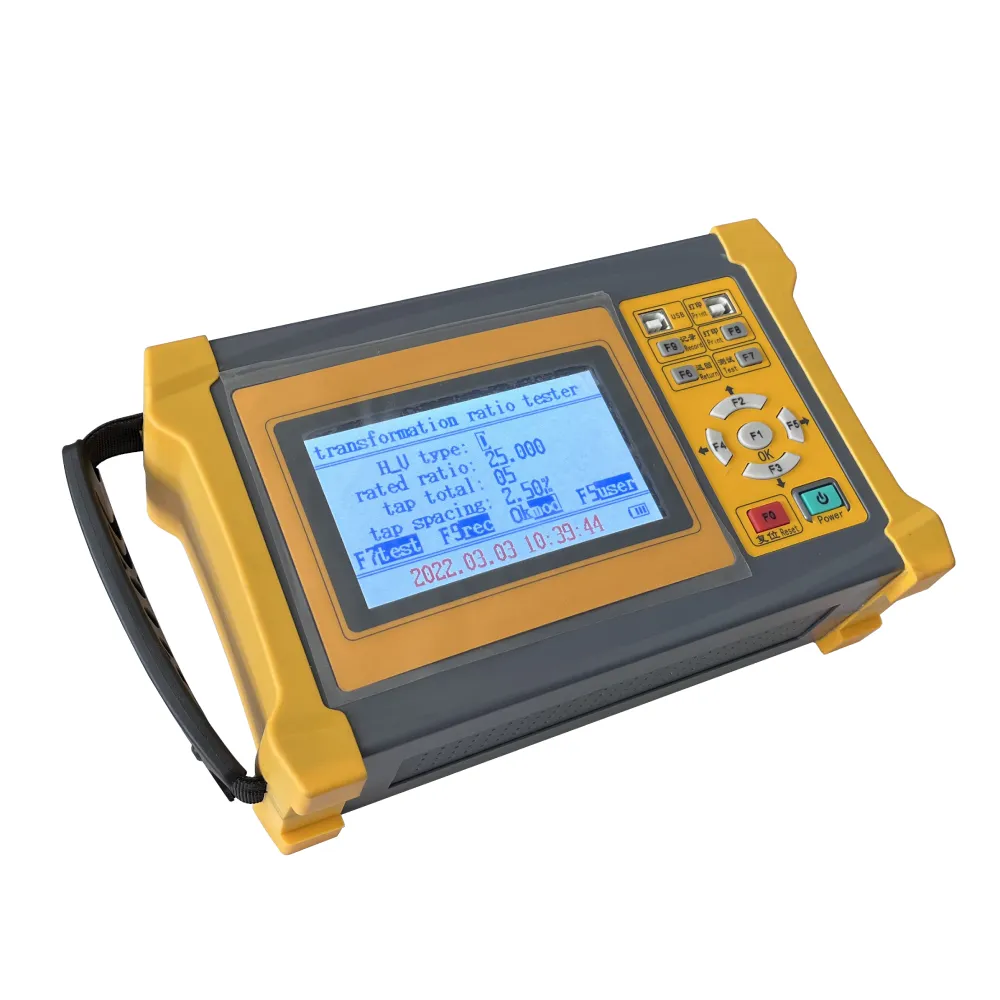 English
English



-
 Afrikaans
Afrikaans -
 Albanian
Albanian -
 Amharic
Amharic -
 Arabic
Arabic -
 Armenian
Armenian -
 Azerbaijani
Azerbaijani -
 Basque
Basque -
 Belarusian
Belarusian -
 Bengali
Bengali -
 Bosnian
Bosnian -
 Bulgarian
Bulgarian -
 Catalan
Catalan -
 Cebuano
Cebuano -
 China
China -
 China (Taiwan)
China (Taiwan) -
 Corsican
Corsican -
 Croatian
Croatian -
 Czech
Czech -
 Danish
Danish -
 Dutch
Dutch -
 English
English -
 Esperanto
Esperanto -
 Estonian
Estonian -
 Finnish
Finnish -
 French
French -
 Frisian
Frisian -
 Galician
Galician -
 Georgian
Georgian -
 German
German -
 Greek
Greek -
 Gujarati
Gujarati -
 Haitian Creole
Haitian Creole -
 hausa
hausa -
 hawaiian
hawaiian -
 Hebrew
Hebrew -
 Hindi
Hindi -
 Miao
Miao -
 Hungarian
Hungarian -
 Icelandic
Icelandic -
 igbo
igbo -
 Indonesian
Indonesian -
 irish
irish -
 Italian
Italian -
 Japanese
Japanese -
 Javanese
Javanese -
 Kannada
Kannada -
 kazakh
kazakh -
 Khmer
Khmer -
 Rwandese
Rwandese -
 Korean
Korean -
 Kurdish
Kurdish -
 Kyrgyz
Kyrgyz -
 Lao
Lao -
 Latin
Latin -
 Latvian
Latvian -
 Lithuanian
Lithuanian -
 Luxembourgish
Luxembourgish -
 Macedonian
Macedonian -
 Malgashi
Malgashi -
 Malay
Malay -
 Malayalam
Malayalam -
 Maltese
Maltese -
 Maori
Maori -
 Marathi
Marathi -
 Mongolian
Mongolian -
 Myanmar
Myanmar -
 Nepali
Nepali -
 Norwegian
Norwegian -
 Norwegian
Norwegian -
 Occitan
Occitan -
 Pashto
Pashto -
 Persian
Persian -
 Polish
Polish -
 Portuguese
Portuguese -
 Punjabi
Punjabi -
 Romanian
Romanian -
 Russian
Russian -
 Samoan
Samoan -
 Scottish Gaelic
Scottish Gaelic -
 Serbian
Serbian -
 Sesotho
Sesotho -
 Shona
Shona -
 Sindhi
Sindhi -
 Sinhala
Sinhala -
 Slovak
Slovak -
 Slovenian
Slovenian -
 Somali
Somali -
 Spanish
Spanish -
 Sundanese
Sundanese -
 Swahili
Swahili -
 Swedish
Swedish -
 Tagalog
Tagalog -
 Tajik
Tajik -
 Tamil
Tamil -
 Tatar
Tatar -
 Telugu
Telugu -
 Thai
Thai -
 Turkish
Turkish -
 Turkmen
Turkmen -
 Ukrainian
Ukrainian -
 Urdu
Urdu -
 Uighur
Uighur -
 Uzbek
Uzbek -
 Vietnamese
Vietnamese -
 Welsh
Welsh -
 Bantu
Bantu -
 Yiddish
Yiddish -
 Yoruba
Yoruba -
 Zulu
Zulu
Testing Applied Voltage on Transformer to Ensure Safe Operation and Performance
Transformer Applied Voltage Test
The transformer applied voltage test, often referred to as the withstand voltage test, is a critical procedure conducted to assess the insulation integrity and dielectric strength of transformers. This test plays a vital role in ensuring the safe and efficient operation of transformers in various electrical systems. In this article, we will explore the significance, methodology, and benefits of the applied voltage test.
Significance of the Applied Voltage Test
Transformers are essential components in power transmission and distribution systems. They step up or step down voltage levels to facilitate the efficient movement of electrical energy over long distances. However, frequent switching operations, environmental conditions, and aging can lead to insulation degradation within transformers. The applied voltage test serves as a proactive measure to identify potential insulation failures before they can result in catastrophic failures or downtime in the power system.
The main aim of this test is to ensure that the insulation system of the transformer can withstand electrical stresses beyond its normal operating voltage. By applying a voltage higher than the rated transformer voltage for a specified duration, engineers can evaluate the performance of insulating materials and identify any weaknesses or defects.
Methodology of the Applied Voltage Test
Typically, the applied voltage test is conducted on both the transformer windings and the bushing insulators. The procedure involves the following steps
1. Preparation Ensure that all safety protocols are followed. Disconnect the transformer from the power source and ground all accessible conductive parts.
2. Test Voltage Selection Determine the appropriate test voltage level based on industry standards (such as IEC 60076) and the transformer's rated voltage. The test voltage is usually 2 to 3 times the rated voltage, applied for a specified duration, often ranging from 1 minute to several minutes.
3. Application of Voltage Use a high-voltage testing device to apply the selected test voltage to the transformer. Monitor the equipment for any unusual readings or occurrences during this phase.
transformer applied voltage test

4. Observation and Measurements Observe for any signs of electrical breakdown, which could include discharges, partial discharge activity, or significant changes in current. The insulation resistance should also be measured before and after the test to ensure it remains within acceptable limits.
5. Post-Test Analysis After the test, analyze the results. If any issues were detected during the test, further investigations may be needed to determine the root cause and implement remedial actions.
Benefits of the Applied Voltage Test
Conducting an applied voltage test offers numerous benefits, including
- Preventive Maintenance By identifying insulation weaknesses, the test helps prevent unplanned outages and extends the lifespan of the transformer.
- Improved Reliability Ensuring that insulating materials can withstand high voltages increases the overall reliability of the power system.
- Safety Assurance By verifying the integrity of the insulation, the test helps protect personnel and equipment from the risks associated with electrical failures.
- Compliance Regular testing helps maintain compliance with industry standards and regulations, which is crucial for utility companies and private enterprises alike.
In conclusion, the transformer applied voltage test is a vital practice in the electrical engineering field. It enhances the performance and reliability of transformers, thereby ensuring a stable and efficient power supply. As electrical systems continue to evolve, regular testing and assessment of equipment like transformers will remain essential for maintaining system integrity and safety.
-
Exploring the Main Types of Industrial Endoscopes and Their Applications Across IndustriesNewsJul.04,2025
-
Testing Equipment Industry Sees Major Advancements in 2025: Smart & Precision Technologies Lead the WayNewsJun.06,2025
-
Applications of Direct Current Generators in Renewable Energy SystemsNewsJun.05,2025
-
Hipot Tester Calibration and Accuracy GuidelinesNewsJun.05,2025
-
Digital Circuit Breaker Analyzer Features and BenefitsNewsJun.05,2025
-
Benefits of Real-Time Power Quality Monitoring Devices for Industrial EfficiencyNewsJun.05,2025



